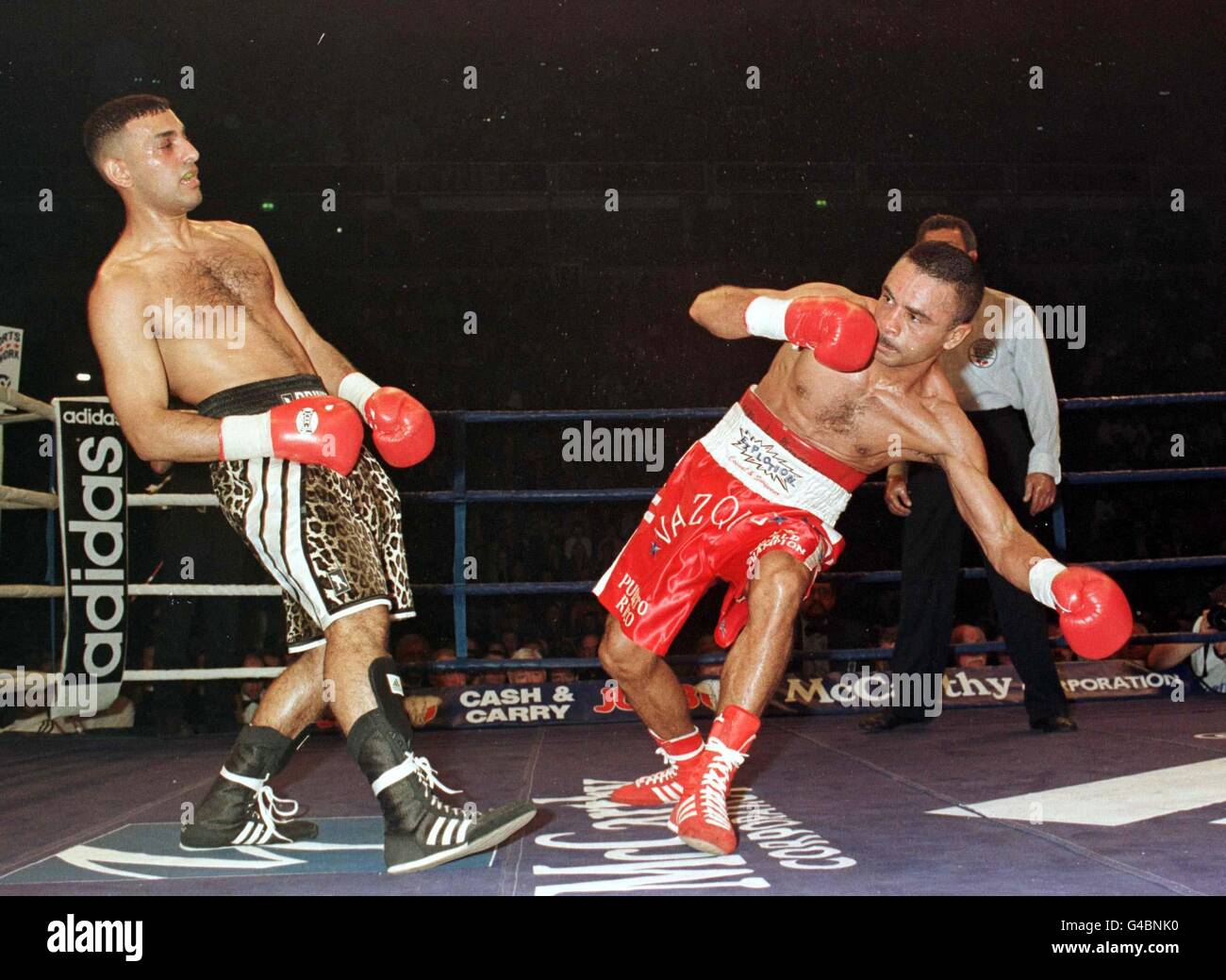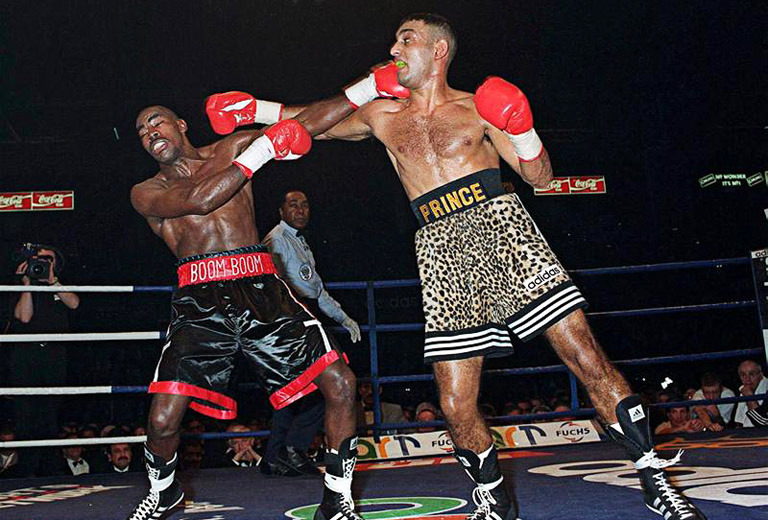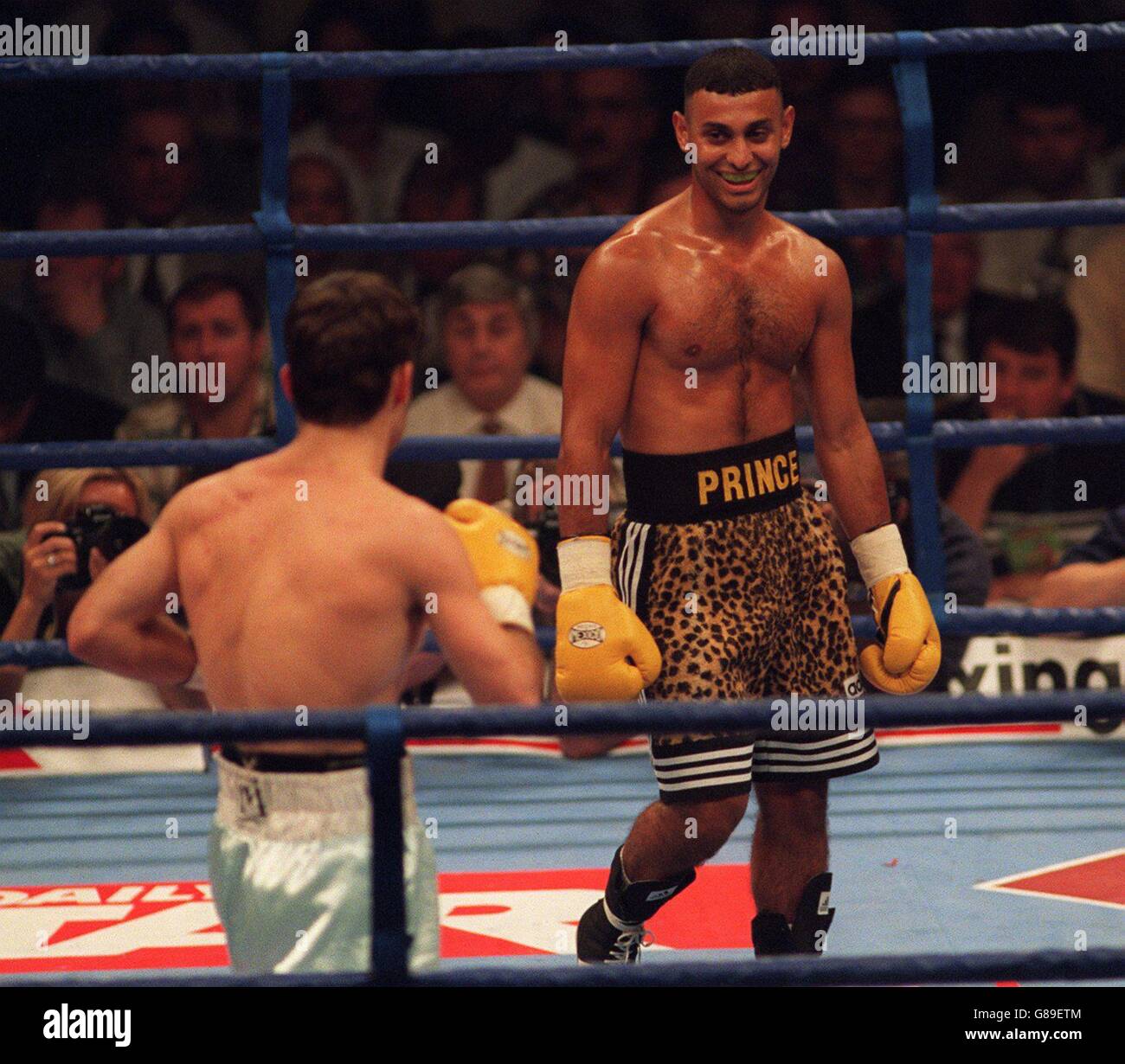The Prince’s Reign: Exploring the Legacy of Naseem Hamed, the “Diddy” of Boxing
Naseem Hamed, affectionately nicknamed “Prince” for his regal style, wasn’t just a boxer; he was a phenomenon. His flamboyant personality, acrobatic ring entrances, and devastating power captured the hearts of fans worldwide. His career, though relatively short, left an indelible mark on the sport, cementing his place as one of the most exciting and controversial figures in boxing history. This article dives deep into the life, career, and lasting impact of Naseem Hamed, exploring why he earned the moniker “Diddy” (though not in the same context as the music mogul) and why he remains a subject of fascination decades after his prime.
The Rise of a Royal: Early Career and Championship Glory
Born in Sheffield, England, to Yemeni parents, Naseem “Prince” Hamed began his boxing journey at a young age. His natural talent and dedication quickly propelled him through the amateur ranks. Turning professional in 1992, Hamed’s unique fighting style, characterized by:
- A Southpaw Stance: This gave him a distinct advantage, making him difficult to predict and defend against.
- Exceptional Hand Speed: His lightning-fast punches were a hallmark of his style.
- Knockout Power: Hamed possessed a devastating left hand, capable of ending fights in an instant.
- Unorthodox Movements: He was known for his showmanship, frequently ducking, weaving, and dropping his hands, often frustrating opponents.
His early professional career was a whirlwind of victories. He quickly rose through the featherweight division, accumulating a string of impressive knockouts and building a loyal fanbase. In 1995, he captured his first world title, the WBO Featherweight Championship, defeating Steve Robinson in a sensational performance. This victory catapulted him to international stardom.
The “Diddy” of Boxing: Showmanship and Controversy
While his boxing prowess was undeniable, it was Hamed’s showmanship that truly set him apart. His elaborate ring entrances, often involving:
- Flying Carpets: A signature entrance that became synonymous with his brand.
- Music and Lights: Creating a theatrical atmosphere before every fight.
- Outlandish Attire: From elaborate robes to crowns, he embraced the “Prince” persona.
This theatrical flair earned him the nickname “Diddy” from his close friends and his team, referencing his penchant for dressing up, but in no way connected to the music mogul. It was a playful term that reflected his flamboyant personality and his ability to command attention. However, his showmanship sometimes overshadowed his boxing achievements, leading to criticism that he prioritized entertainment over substance. Furthermore, his brash personality and tendency to taunt opponents frequently fueled controversies, both inside and outside the ring.
The Fall From Grace: Late Career and Retirement
Despite his dominance, Hamed’s career began to decline in the late 1990s. He faced increasing pressure and stiffer competition. His first professional loss came in 2001 against Marco Antonio Barrera, a fight many believe exposed his weaknesses and marked the beginning of the end. Barrera’s calculated strategy and superior boxing skills neutralized Hamed’s speed and power, exposing vulnerabilities he hadn’t faced before.
After this devastating loss, Hamed fought only once more, a lackluster victory against Manuel Calvo in 2002. He officially retired in 2002, citing injuries and a lack of motivation. The boxing world was left wondering what could have been, had he maintained his peak performance and focused solely on his boxing career.
Legacy and Lasting Impact
Naseem Hamed’s impact on boxing is undeniable. He brought a new level of excitement and showmanship to the sport, captivating audiences worldwide. He inspired a generation of fighters and remains a popular figure among fans.
- Influence on Boxing Style: His unorthodox style influenced many fighters who adopted his techniques and flair.
- Popularity and Entertainment Value: He brought new fans to the sport, drawn by his exciting fights and charismatic personality.
- Controversy and Discussion: His career continues to be debated, prompting discussions about the balance between entertainment and boxing skill.
While his career was relatively short, the “Prince” left a lasting legacy. He proved that boxing could be both a sport and a spectacle, forever changing the landscape of the featherweight division and beyond.
FAQs:
1. What weight class did Naseem Hamed compete in?
Naseem Hamed primarily competed in the featherweight division (126 lbs). He briefly fought at super-featherweight (130 lbs) towards the end of his career.
2. Who was Naseem Hamed’s biggest rival?
Marco Antonio Barrera was arguably Naseem Hamed’s biggest rival. Their 2001 fight was a highly anticipated bout that ultimately ended Hamed’s undefeated record.
3. Why did Naseem Hamed retire?
Hamed retired primarily due to injuries, a lack of motivation, and the impact of his loss to Marco Antonio Barrera. He also likely faced the pressure of maintaining his peak performance, which may have contributed to his decision.
4. What is the origin of the nickname “Diddy” for Naseem Hamed?
The nickname “Diddy” was given to Naseem Hamed by his close friends and team, referencing his penchant for dressing up and his flamboyant personality, not connected to the music mogul.
5. Did Naseem Hamed ever make a comeback to boxing?
No, Naseem Hamed never officially returned to professional boxing after his retirement in 2002. Although there were rumors and discussions, he never fought professionally again.




